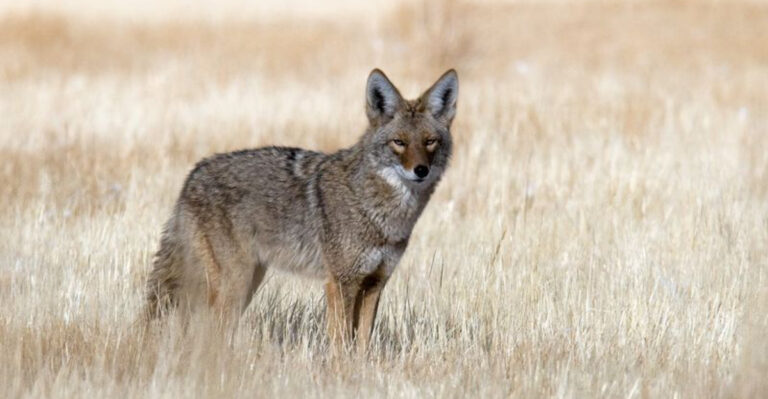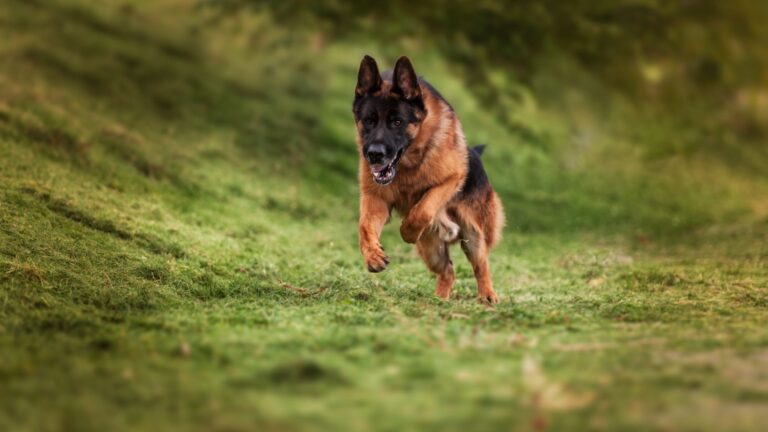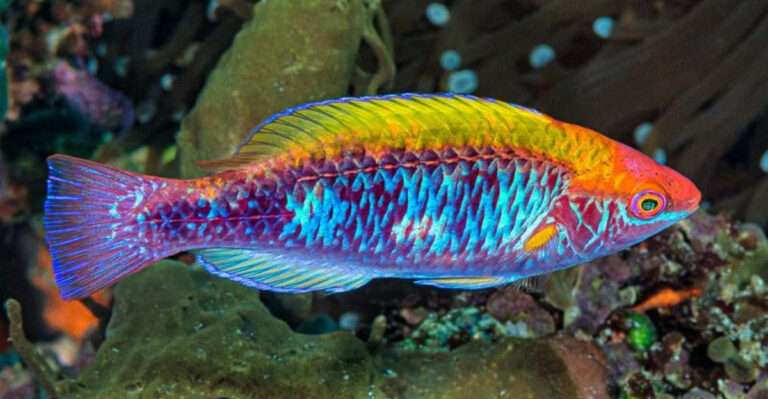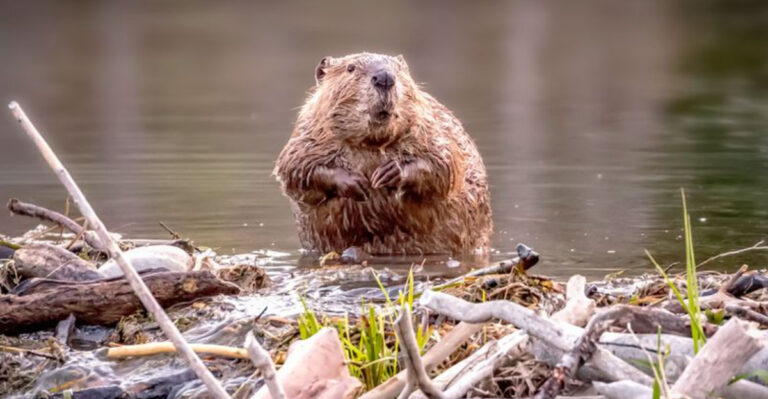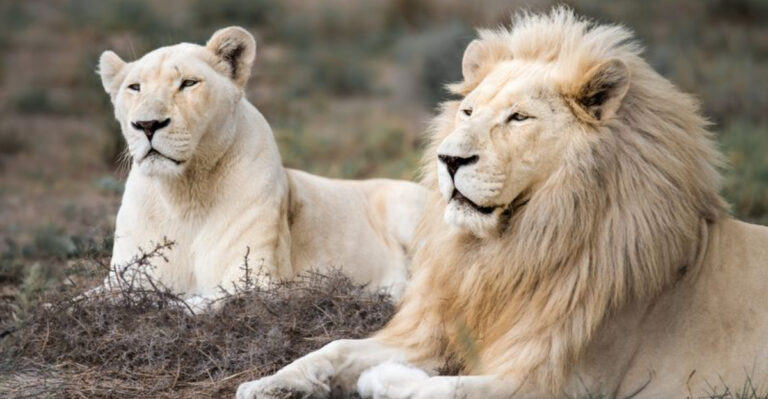10 American Beasts That No Longer Roam The Lands (And 3 Beasts Still Here To This Day)
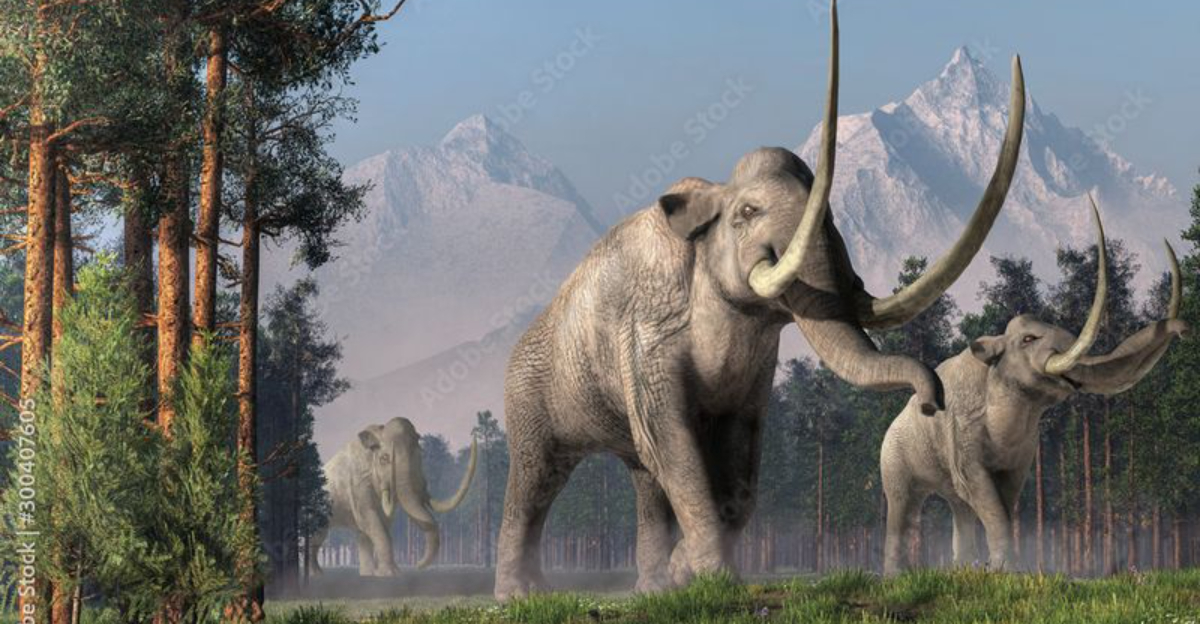
America was once a land where mammoths roamed and saber-toothed cats prowled. Today, many of these majestic creatures have vanished, leaving behind tales of their grandeur.
Yet, some resilient beasts still thrive, reminding us of a wild past. Let’s explore these extinct creatures and meet 3 survivors that continue to capture our imagination.
1. Woolly Mammoth
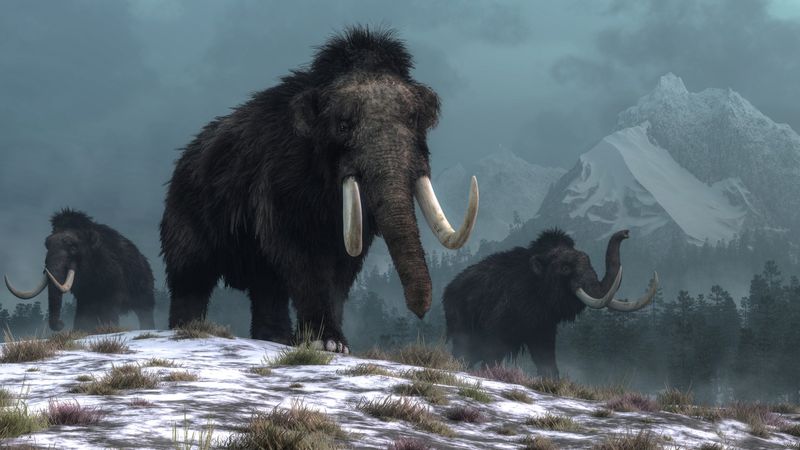
Imagine a creature with shaggy hair and tusks that could rival a small car in length. The woolly mammoth was a sight to behold. These giant herbivores once roamed the icy tundras of North America. Their existence ended around 4,000 years ago due to climate changes and human hunting.
2. Saber-Toothed Cat
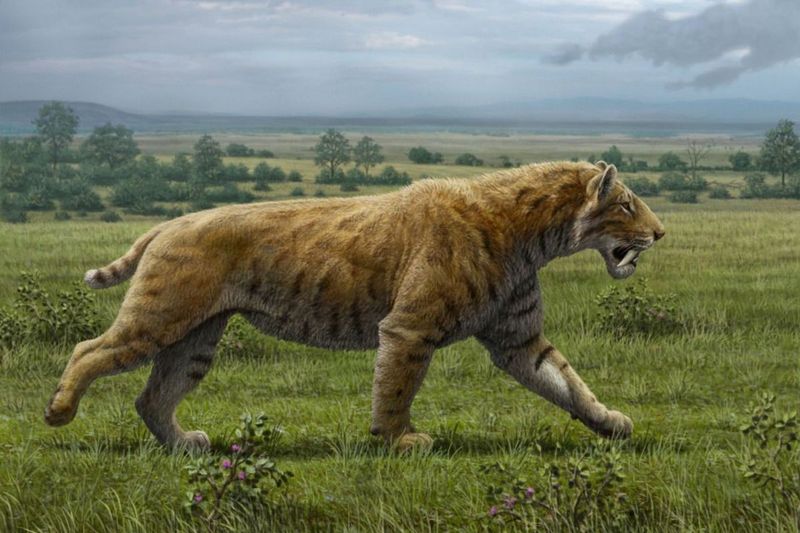
With its elongated canines, the saber-toothed cat was the lion of its time. But unlike modern big cats, these predators had shorter limbs and stockier builds. They thrived in the diverse ecosystems of the Americas. Alas, they disappeared approximately 10,000 years ago, likely due to prey shortages and habitat changes.
3. Columbian Mammoth
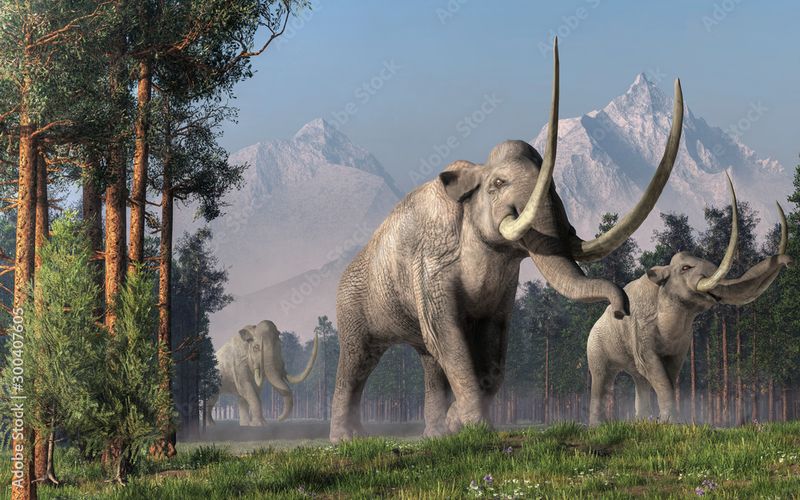
This mammoth was larger than its woolly cousin, inhabiting warmer climates in southern North America. Its tusks curved elegantly, and it grazed on grasses and shrubs.
Unlike the woolly mammoth, the Columbian variety lacked the dense fur coat. Their extinction coincided with the last Ice Age’s end, around 11,000 years ago.
4. Dire Wolf
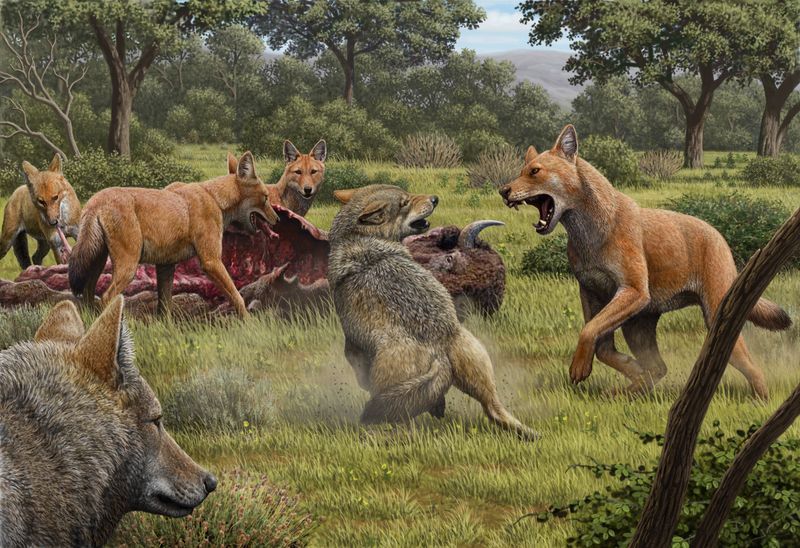
Not just a star of fantasy TV shows, the dire wolf was a real predator. Larger and more robust than today’s gray wolves, they hunted in packs across North America. Unlike their fictional counterparts, they couldn’t withstand the climatic shifts at the Ice Age’s end, vanishing roughly 9,500 years ago.
5. Short-Faced Bear
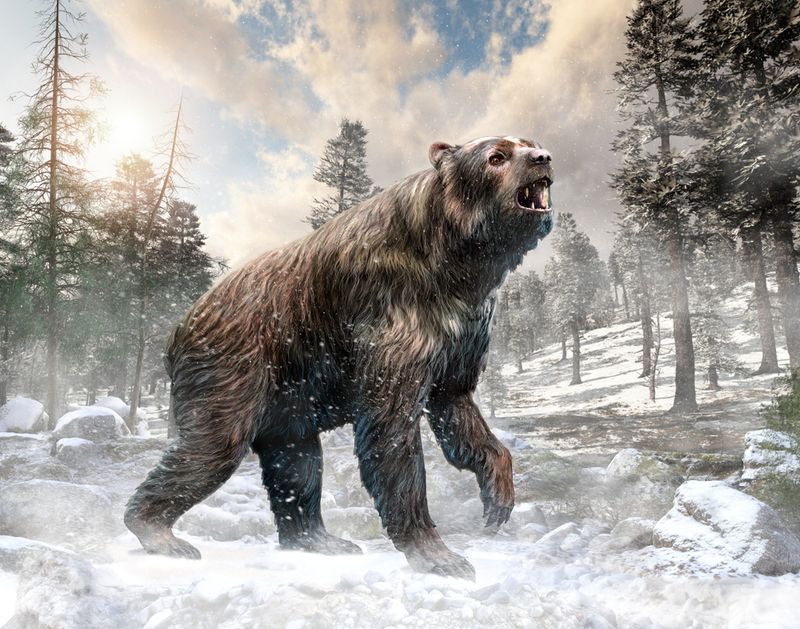
The short-faced bear was a towering behemoth, one of the largest carnivorous mammals of its time. Its long legs and powerful build allowed it to cover ground quickly in pursuit of prey. This apex predator roamed North America until the end of the last Ice Age, approximately 11,000 years ago.
6. American Lion
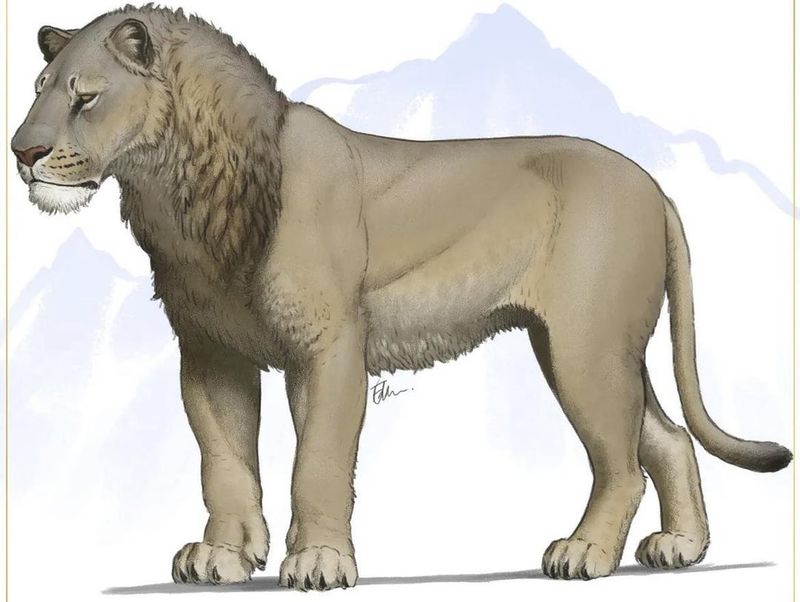
Twice the size of today’s African lions, the American lion was a top predator. Its domain stretched from Alaska to Peru, preying on large herbivores. Despite its prowess, it couldn’t adapt to the rapidly changing environments post-Ice Age, leading to its extinction around 11,000 years ago.
7. Giant Ground Sloth
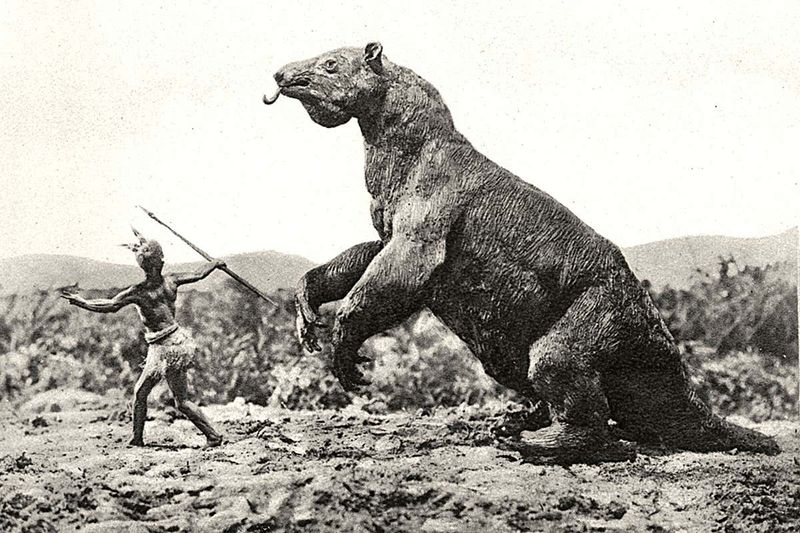
Weighing as much as an elephant, the giant ground sloth was a gentle giant. These slow-moving herbivores once thrived in the Americas’ forests. Their disappearance, around 11,000 years ago, coincided with human arrival, suggesting overhunting played a part in their extinction.
8. Glyptodon
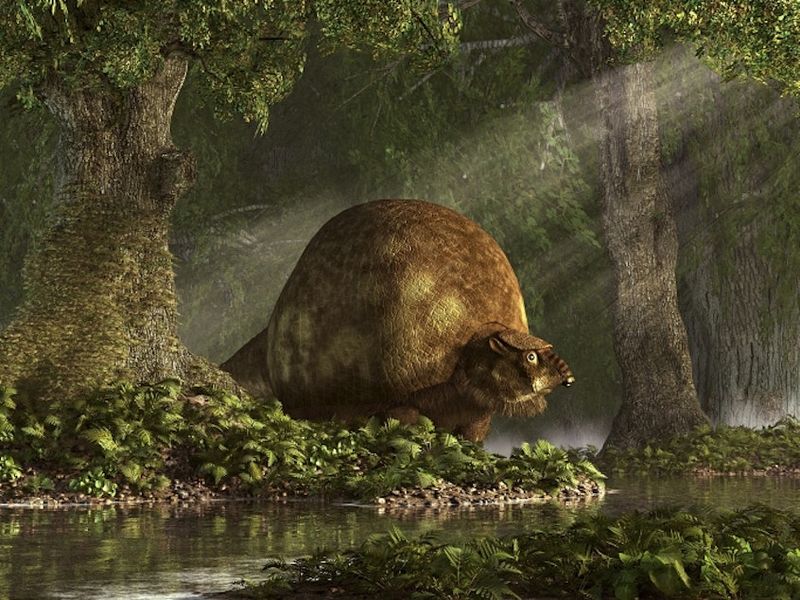
Picture a giant armadillo, and you have the glyptodon. These armored creatures were built like tanks, protecting them from predators.
They foraged in the woodland areas of the Americas. The arrival of humans, with their advanced hunting techniques, likely contributed to their extinction around 10,000 years ago.
9. Megalania
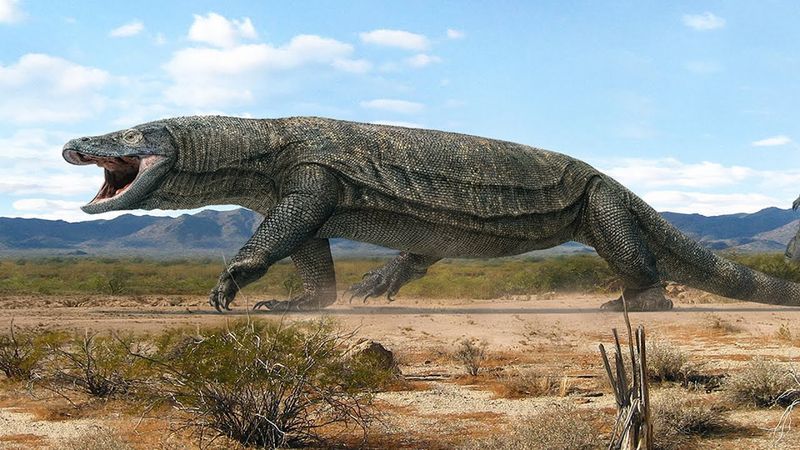
Okay, technically not American, but this gigantic lizard deserves a mention. Megalania was a colossal carnivorous reptile native to Australia. Its extinction around 40,000 years ago remains a mystery, though climate shifts and human interactions are suspects. Imagine encountering this beast on a casual stroll!
10. Steller’s Sea Cow
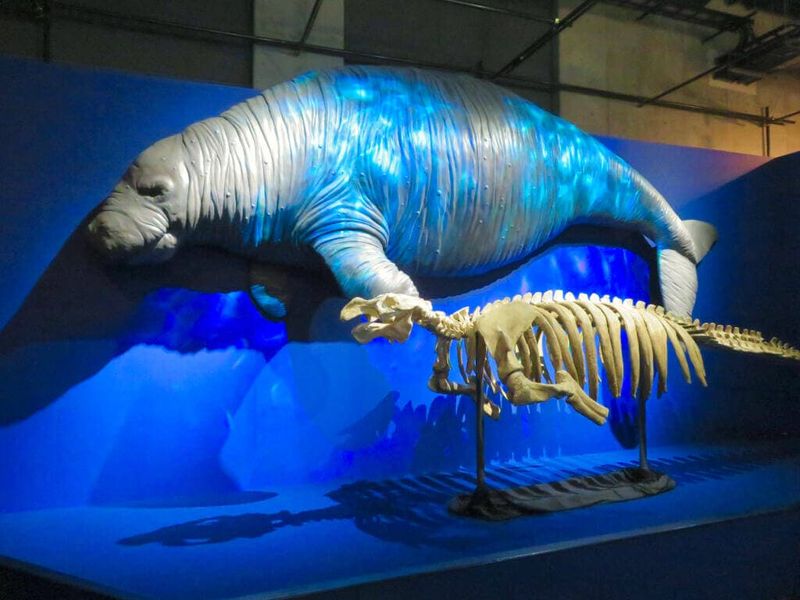
A gentle giant of the sea, Steller’s sea cow was a massive herbivore, grazing on kelp in the North Pacific. Unlike any modern-day sea mammal, it could reach lengths of 30 feet. Discovered by explorers in 1741, it was hunted to extinction within 27 years for its meat and blubber.
11. Bison
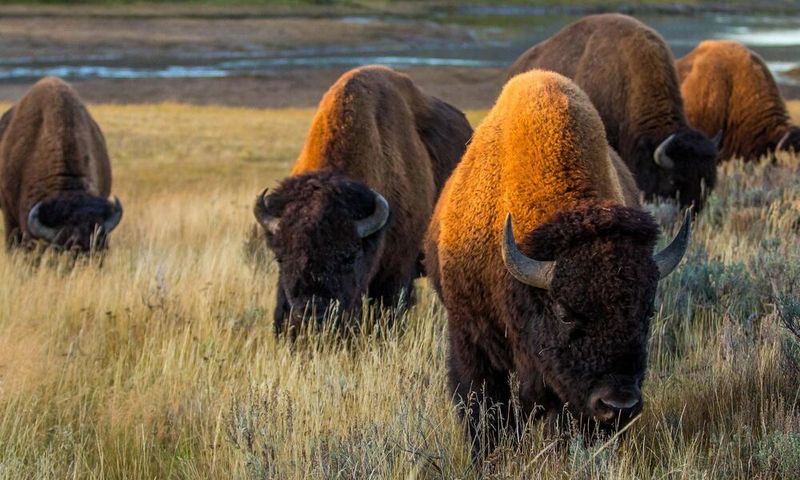
Still roaming the Great Plains, bison are symbolic of the American West. Once nearly wiped out, their numbers have rebounded thanks to conservation efforts.
These massive herbivores are vital to their ecosystems, shaping the landscape as they graze. Their survival story is a testament to resilience and human intervention.
12. Bald Eagle
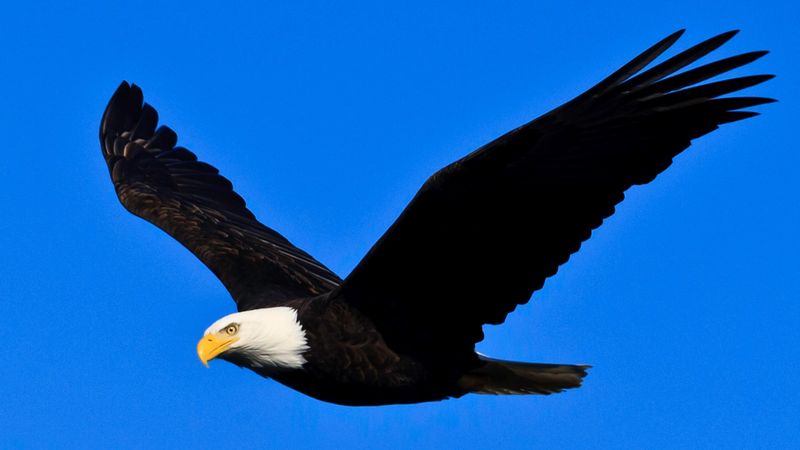
America’s national bird, the bald eagle, is more than just a symbol. With a wingspan that can reach over 7 feet, these birds command the skies. Once endangered, they have made a remarkable comeback. Their success story highlights the impact of focused conservation and the resilience of nature’s wonders.
13. American Alligator
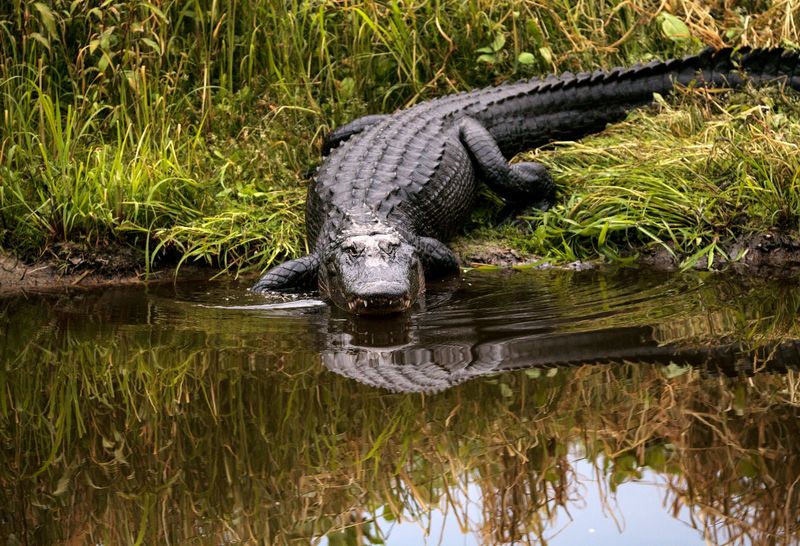
Ever glide through a swampy bayou and spot those unblinking eyes? That’s the American alligator, a true survivor of prehistoric times.
These ancient reptiles were once on the brink of extinction but have bounced back. Now, they thrive in the southeastern United States, an enduring symbol of nature’s tenacity.

